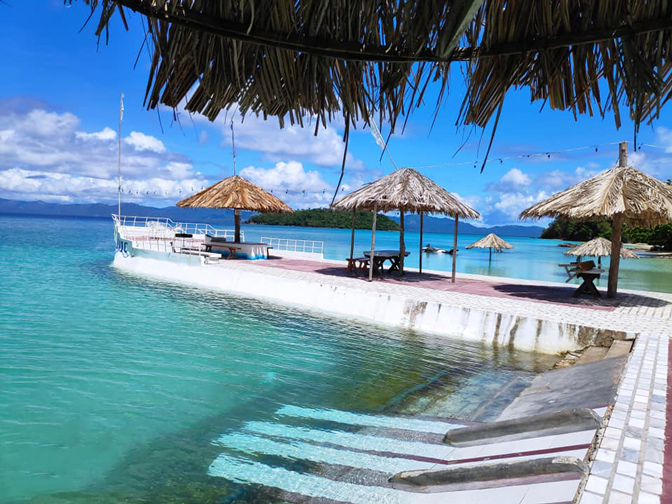Nestled in the heart of the Philippines’ Mimaropa region, Romblon is often celebrated for its marble quarries, pristine beaches, and lush landscapes. But hidden beneath its idyllic surface lies a lesser-known relic of its industrial past: abandoned mines. These decaying sites, scattered across the province, spark a polarizing debate—are they haunting symbols of environmental neglect or untapped hubs for adventure tourism?
The Legacy of Romblon’s Mining Industry
Romblon’s mining history dates back to the Spanish colonial era, when its rich deposits of chromite, nickel, and marble drew prospectors and settlers. By the mid-20th century, large-scale mining operations dominated the local economy. However, declining resources, environmental concerns, and regulatory challenges led to the eventual abandonment of these sites. Today, the rusting machinery, overgrown tunnels, and eerily beautiful quarries stand as silent witnesses to a bygone era.
Why Were the Mines Abandoned?
- Environmental regulations: Stricter laws in the 1990s forced many mines to close due to unsustainable practices.
- Resource depletion: Easily accessible mineral veins were exhausted, making operations unprofitable.
- Community pushback: Locals raised concerns about water contamination and deforestation.
Toxic Beauty: The Environmental Impact
While the mines’ crumbling infrastructure and surreal landscapes attract photographers and urban explorers, their environmental footprint is undeniable.
The Hidden Dangers
Abandoned mines often leave behind:
- Heavy metal contamination: Chromite and nickel residues seep into soil and groundwater.
- Unstable structures: Collapsing tunnels and rusted equipment pose physical risks.
- Deforestation: Clear-cut areas struggle to regenerate, affecting local biodiversity.
A Paradox of Aesthetics
Despite these hazards, the mines possess a haunting allure. Turquoise pools formed by rainwater in marble quarries contrast sharply with jagged cliffs, creating a post-apocalyptic charm. For many, these sites symbolize the clash between human ambition and nature’s resilience.
Adventure Spot: Romblon’s Underground Allure
For thrill-seekers, Romblon’s abandoned mines offer a unique playground—but is it worth the risk?
What Draws Adventurers Here?
- Exploration: Navigate labyrinthine tunnels and discover forgotten machinery.
- Photography: Capture the stark beauty of decay juxtaposed with tropical surroundings.
- Local legends: Stories of wartime hideouts and hidden treasures add mystique.
Popular Mine Sites to Explore
- San Agustin Chromite Mine: Known for its sprawling tunnels and vibrant mineral streaks.
- Cajidiocan Nickel Pits: Features dramatic cliffs and acidic blue-green pools.
- Romblon Marble Quarries: Half-flooded pits with crystal-clear water, ideal for daring swimmers.
The Debate: Preservation vs. Danger
Local officials and environmentalists are torn between promoting tourism and mitigating risks.
Arguments for Development
- Economic boost: Guided tours could create jobs in Romblon’s rural communities.
- Educational value: Highlighting mining’s impact fosters environmental awareness.
Arguments for Restoration
- Safety first: Unregulated access has led to accidents, including falls and exposure to toxins.
- Ecological recovery: Rehabilitating mines could revive damaged ecosystems.
Visiting Responsibly: Tips for Travelers
If you’re tempted to explore Romblon’s abandoned mines, proceed with caution.
Safety Precautions
- Never go alone: Hire a local guide familiar with the terrain.
- Wear protective gear: Sturdy boots, gloves, and masks are essential.
- Avoid flooded areas: Water may contain harmful chemicals.
Ethical Considerations
- Respect no-entry signs: These are often placed for your safety.
- Leave no trace: Don’t disturb wildlife or remove historical artifacts.
- Support local initiatives: Choose tour operators advocating for sustainable practices.
Conclusion: Beauty, Risk, and Responsibility
Romblon’s abandoned mines embody a complex duality—toxic yet captivating, dangerous yet alluring. Whether they become a regulated adventure destination or a restored natural habitat depends on balancing economic needs with environmental stewardship. For now, these sites remain a poignant reminder of humanity’s footprint and nature’s enduring power to reclaim what was lost.


